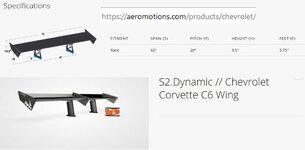rtj
Well-known member
- Joined
- Nov 5, 2011
- Messages
- 2,972
[ame]https://www.youtube.com/watch?v=6ywIoMxxtt0&app=desktop[/ame]
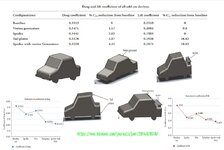
Mine does. The left-handers do. Dragsters, even Formula 1, but they keep getting smaller radiators to cut the internal drag.I see the illustrations of a duct feeding air through a radiator. Stupid question: Do race cars use electric fans?
Mine does. The left-handers do. Dragsters, even Formula 1, but they keep getting smaller radiators to cut the internal drag.I see the illustrations of a duct feeding air through a radiator. Stupid question: Do race cars use electric fans?
Post-Chaparral fan-car days, The Spec Mazda class does - but they are the OEM radiator fans. I believe tech looks close at the size and perceived downforce contribution. I've never had any questions as I'm in an "open" class.
Cheers - Jim
Mine does. The left-handers do. Dragsters, even Formula 1, but they keep getting smaller radiators to cut the internal drag.I see the illustrations of a duct feeding air through a radiator. Stupid question: Do race cars use electric fans?
Post-Chaparral fan-car days, The Spec Mazda class does - but they are the OEM radiator fans. I believe tech looks close at the size and perceived downforce contribution. I've never had any questions as I'm in an "open" class.
Cheers - Jim
Seems like the ducting, or at least inlet area, for a fan cooled radiator would be dramatically different?
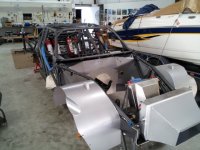
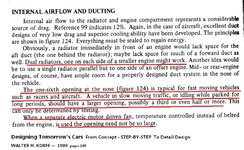
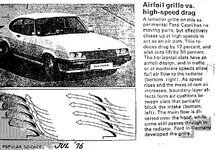
At small axial-flow coefficients, i.e., in the high-speed flight,range, the built-in radiator discloses high additional resistances which, in general , amount to a multiple of the inside cooling drag and of the frictional drag on the radiator ducts.
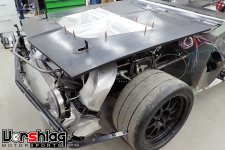
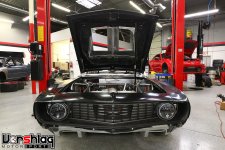
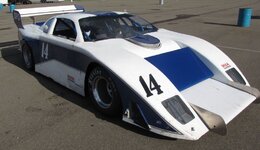
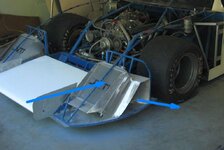
- Left side heavy - is that due to a (my) lard A55? :evil:
......................................................!
Cheers - Jim

